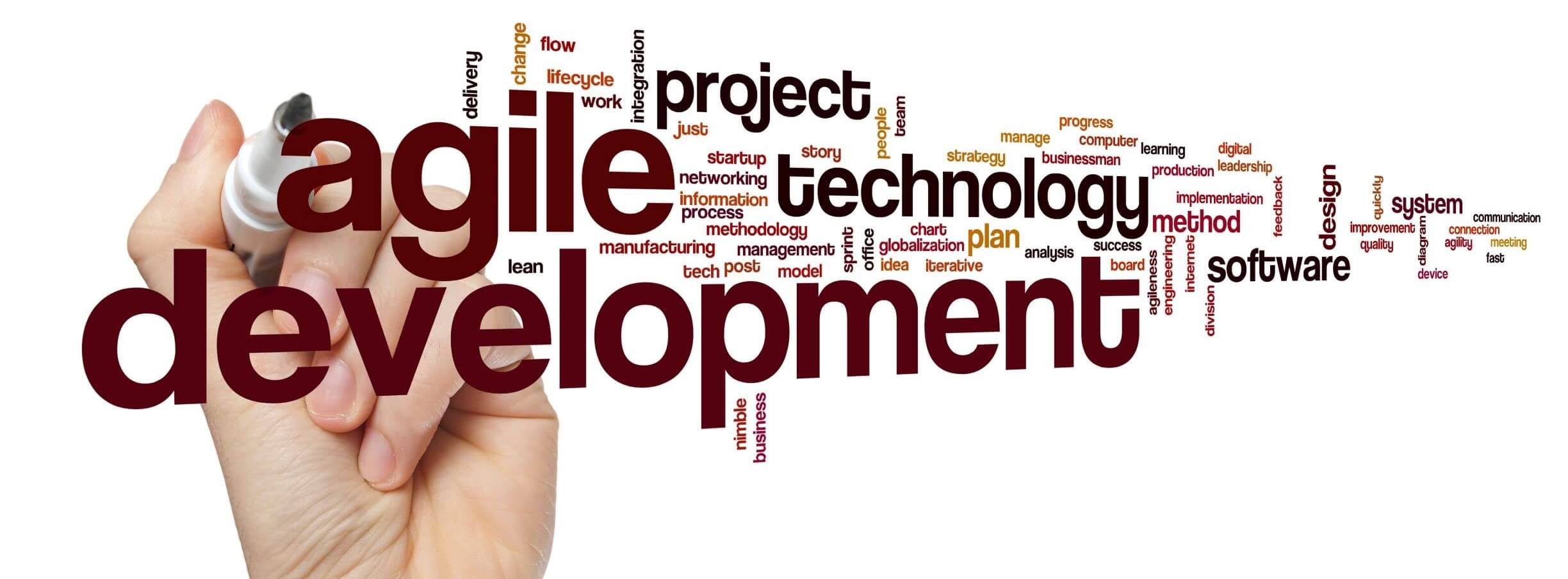Scrum Methodology Explained in 4 Steps

Agile methodologies are now extremely popular in the sphere of software development. Companies from different countries implement them to make their work more effective.
Agile is a modern trend in the software development industry and Scrum is the most popular and most widely used Agile methodology. Many companies now stop using the traditional methods of software development and switching to Scrum. They create Scrum teams and try to implement Scrum principles, but it takes lots of time for most of them to achieve benefits from Scrum. That is because of their wrong approach to this popular Agile method of software development. Most companies start to implement Scrum without studying its theoretical basics. This may lead to problems in the process of project performance.

Scrum methodology is not so simple to understand, and its implementation requires a lot of time and involvement from all team members. The process of work on every Scrum project needs to be managed with the use of all the necessary Scrum methodologies to make it successful. The main goal of this article is to make a short Scrum methodology overview, so you can create the right vision of the Scrum software development method.
Defining Scrum Methodology
Actually, Scrum methodology is a number of specific features that every Scrum project should have. It defines the workflow of the Scrum team and the way it is organized. Scrum methodology applies only to Scrum. It is useless for other methods of software development because they have different principles of work.
Who uses the Scrum methodology?
Scrum is really popular among software developers. More and more teams nowadays prefer to use Scrum or a Scrum hybrid.
However, you can find the appliance of Scrum in other business functions including IT and marketing where there are projects that must move forward in the presence of complexity and ambiguity. Leaders from different areas are also basing their Agile management practices on Scrum, often combining it with lean and Kanban practices.
Key benefits received from the Scrum methodology
Startups and global companies that have adopted Agile Scrum have experienced:
- Better-quality products
- Reduced time to market
- Increased productivity
- Improved stakeholder satisfaction
- Better dynamics of their teams
- Happier employees

Scrum methodology is a number of certain steps. By performing them you will start your Scrum project, manage it in the right way, and finish it on time. Let’s look at these steps.
Step 1. Building a Scrum team
The structure of Scrum teams differs significantly from the structure of traditional teams of developers. You will find no traditional roles in it. There are no architects or project managers in Scrum. Instead, a Scrum team includes only three main roles: the Product Owner, the team, and the Scrum Master. Most generally they can be defined as:
- The customer or his representative
- The team that runs and manages the project
- The person who tries to make the team’s work more effective
The main feature of all Scrum teams is that they are self-organized. It means that such teams do not require to have project managers or any other formal leaders. They are able to perform their job without strict management.
Step 2. Preparing to run a project
The process of project management in Scrum requires a great deal of preparation. First of all, it is necessary to mention that all the requirements for the final product in Scrum projects are formulated directly by the final users. At the stage of preparation, the Scrum team involves them to tell their stories. The user stories are actually how users see the final product. They are collected by the Product Owner and put into the product backlog. After this, all user stories must be analyzed and prioritized in the product backlog in accordance with their importance for the final product. Then the stories are subdivided into smaller pieces that formulate the sprint backlogs.
Step 3. Sprint planning and performance
The process of sprint planning starts when the initial product backlog is already formed. Unlike the traditional methods of software development, the Scrum method makes it possible to change the product backlog during the process of work.
The work on a sprint starts with backlog formation. Unlike the product backlog, the sprint backlogs cannot be changed in the process of work. The sprint backlog includes only the wishes of users that are to be performed during a certain sprint. After the sprint backlog is formed, the Scrum team turns it into a number of tasks for this sprint. This process is usually a part of the sprint planning meeting which is conducted at the beginning of each sprint and defines its main tasks and goals.
After all the sprint goals are set and all the tasks are defined, the Scrum team begins its work on a sprint. During this process, the team conducts everyday meetings (daily Scrums) to see the progress of work and identify the strengths and weaknesses of the working process. After all the work on the sprint’s tasks and goals is finished, the Scrum team conducts the final meeting, to sum up all progress and discuss it with the Product Owner.
Step 4. Finishing the work on a Spring and starting another one
After finishing the sprint and discussing the intermediate product with the Product Owner, the Scrum team must conduct a retrospective meeting. The main goal of these meetings is to define what went right during the sprint and what needs improvement. After making a retrospective the team starts a new sprint.




